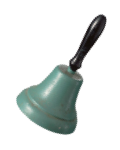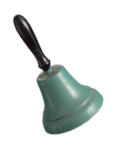Swipe and discover hidden stories in the neighbourhoods of Tanjong Pagar, Pasir Ris and Kallang in this year’s SHF! This year, we encourage you to learn snippets of your neighbourhood’s story, as we enjoy heritage from the comforts of our own home. Here are 7 fun facts to discover about Kallang!
1. Not Just A Backward Swamp
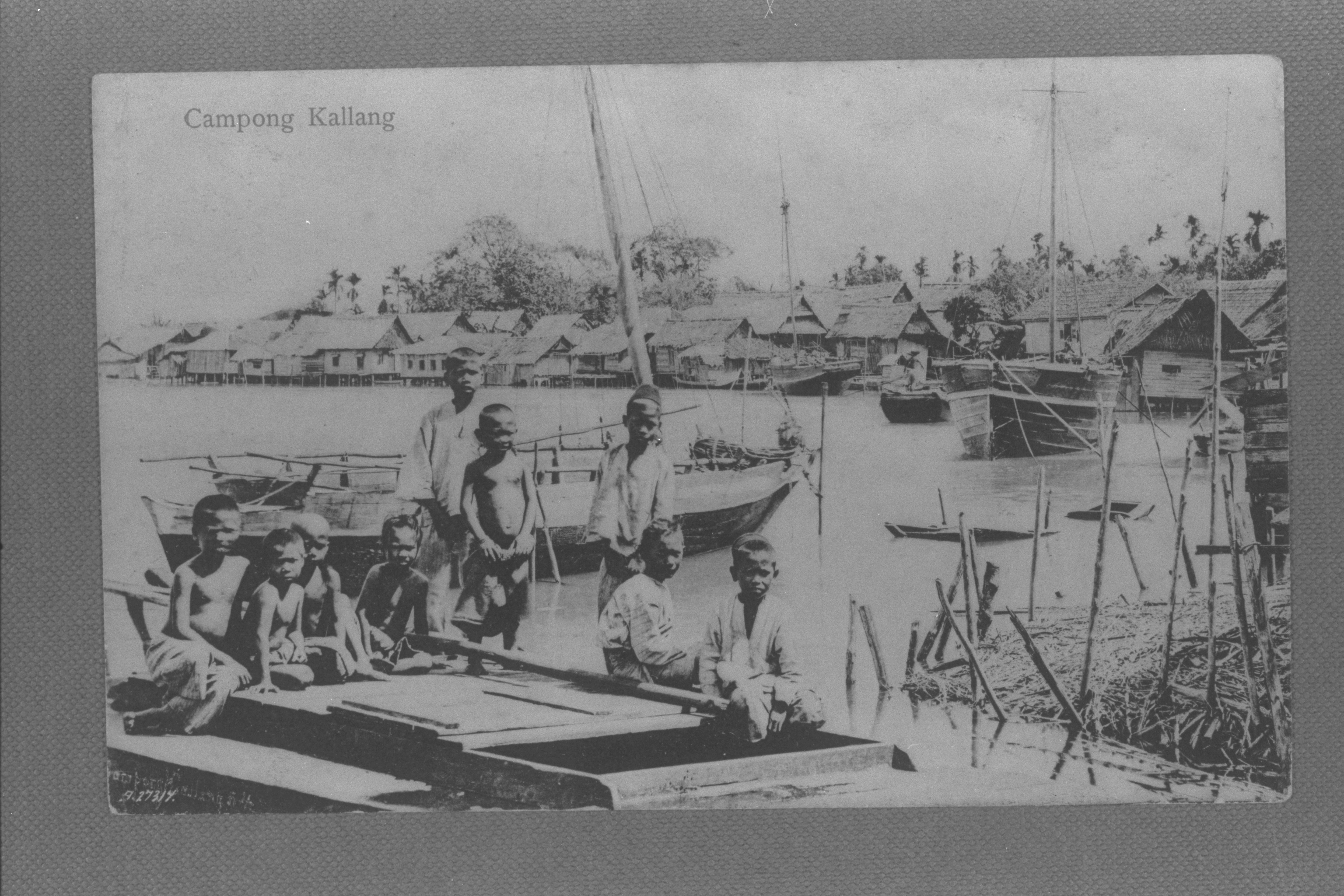 Kampong Kallang – youths and children in front of waterside houses of a Malay village on the bank of Kallang River, 1900s. Courtesy of National Archives of Singapore.
Kampong Kallang – youths and children in front of waterside houses of a Malay village on the bank of Kallang River, 1900s. Courtesy of National Archives of Singapore.
The name “Kallang” supposedly derives from the indigenous sea gypsies - Orang Biduanda Kallang - who settled at the mouth of the River from as early as the 1500s. In the 1960s, porcelain fragments were discovered in the riverbed - thought to be from Chinese ships that docked in the Kallang Basin to trade, suggesting that the Kallang Basin was a centre for commercial activities in the 17th century.
2. Education for All in Kallang
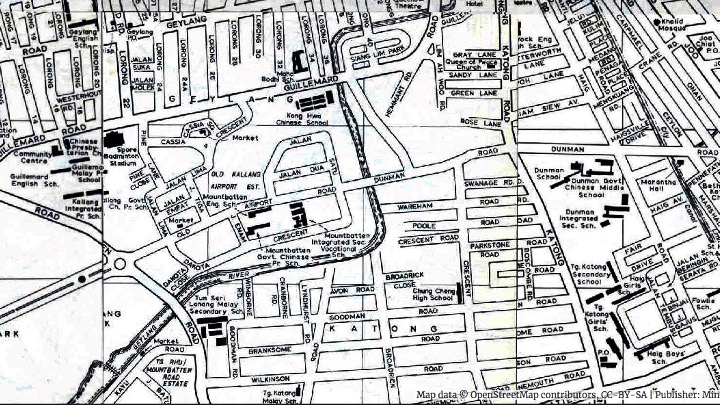 Screenshot of the Kallang area in 1969, from the Singapore Then and Now database by the GIS Unit - Department of Geography, National University of Singapore
Screenshot of the Kallang area in 1969, from the Singapore Then and Now database by the GIS Unit - Department of Geography, National University of SingaporeDid you know that schools were a common feature in the Old Kallang Airport Estate? Between the 1950s to 1970s, this area had up to nine schools ranging from vernacular to vocational schools and even a school for the deaf, providing education to a variety of young minds.
3. “Gotong Royong” in Action
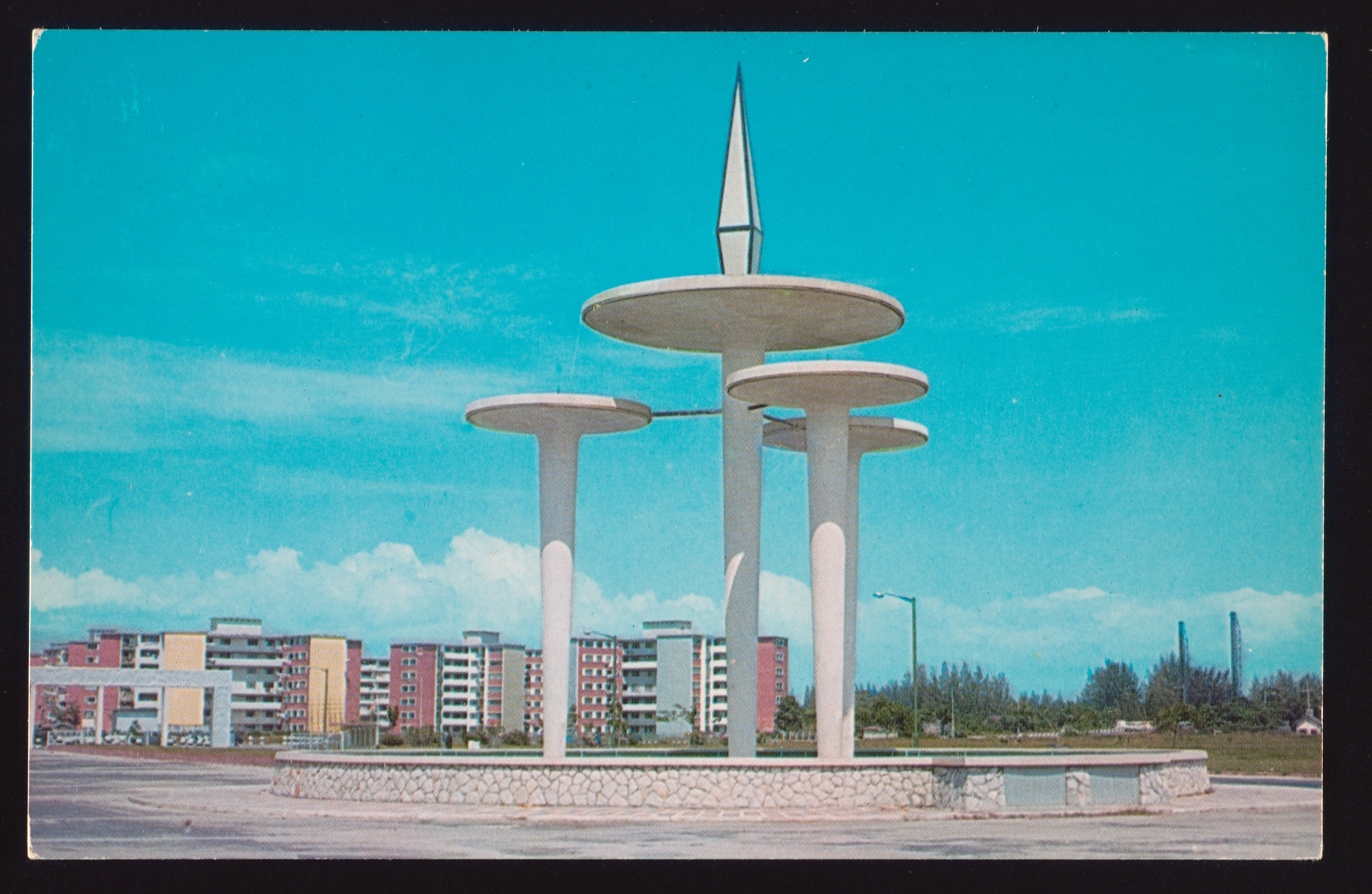 Postcards of Kallang Park built partly by volunteer labour in the 1960s, c.1960s. The site was later developed into the National Stadium in 1973. National Museum of Singapore Collection, courtesy of the National Heritage Board.
Postcards of Kallang Park built partly by volunteer labour in the 1960s, c.1960s. The site was later developed into the National Stadium in 1973. National Museum of Singapore Collection, courtesy of the National Heritage Board.
In 1959, part of the former grounds of the Kallang Airport was converted into a park to improve living conditions of residents in the area. The lack of government funds was not a deterrent, with approximately 20,000 volunteers contributing to the construction of the Kallang Park in the remarkable spirit of gotong royong (communal spirit).
4. The Pride of Kallang
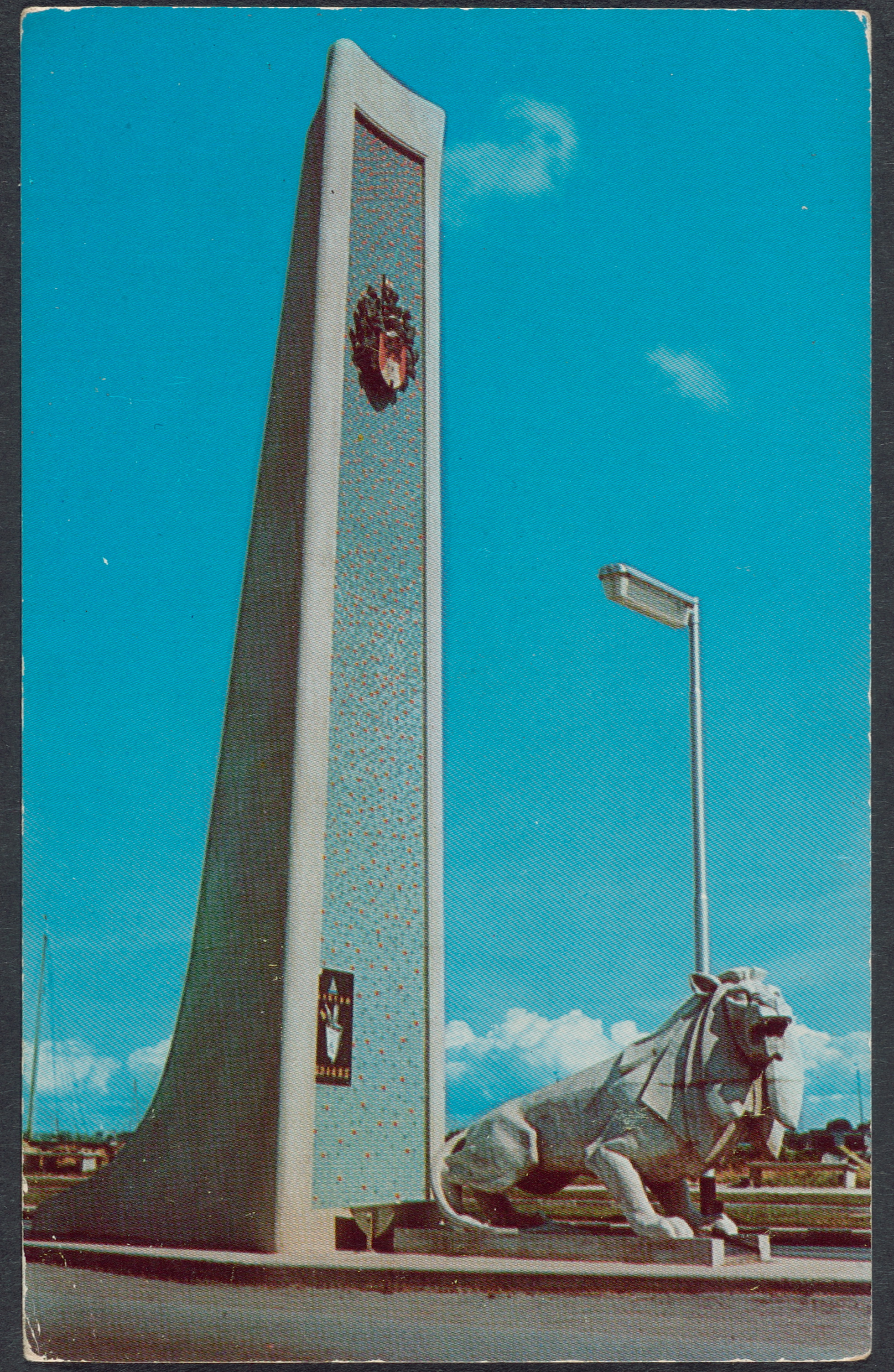 Monument and stone lion at each end of the Merdeka Bridge, c.1960s. National Museum of Singapore Collection, courtesy of National Heritage Board.
Monument and stone lion at each end of the Merdeka Bridge, c.1960s. National Museum of Singapore Collection, courtesy of National Heritage Board.From the name “Lion City” to the lion in our national crest, lions are a prominent feature of our nation. A pair of lion sculptures, affectionately named “Merdeka Lions”, used to stand guard at the ends of Merdeka Bridge – Malay for ‘freedom’. However, due to road expansion works in the 1960s, the lions were removed and are now located at the SAFTI Military Institute.
5. Lottery for a Noble Cause
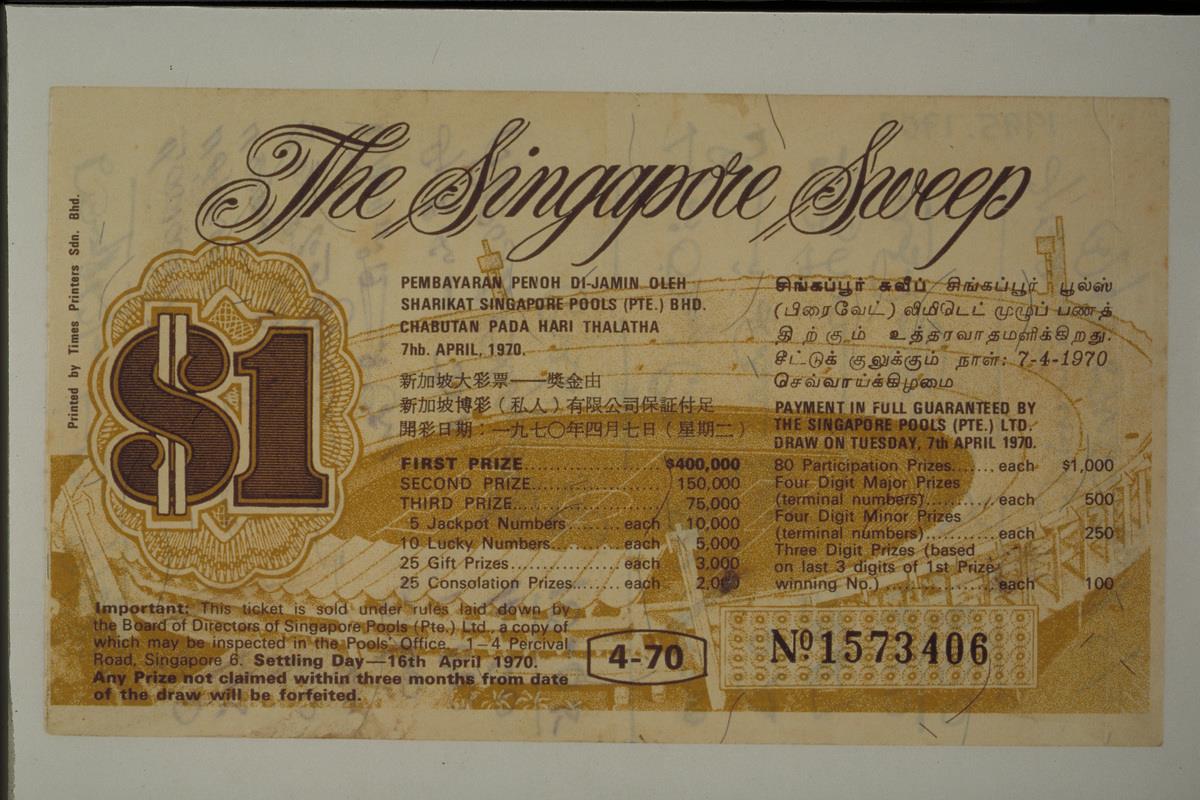 Singapore’s National Stadium built at Old Kallang Airport site, with The Oasis complex in the foreground, 1973. Civil Aviation Authority of Singapore Collection, courtesy of National Archives of Singapore; link. Find out more here.
Singapore’s National Stadium built at Old Kallang Airport site, with The Oasis complex in the foreground, 1973. Civil Aviation Authority of Singapore Collection, courtesy of National Archives of Singapore; link. Find out more here.Apart from providing a legal channel to play the lottery, Singapore Pools was established in 1968 to raise funds for the building of the National Stadium. In fact, the first Singapore Sweep in 1969 was dedicated to this cause and eventually managed to contribute $14.5 million to the construction works.
6. Dishing Out Hearty Fare for Locals and Tourists Alike
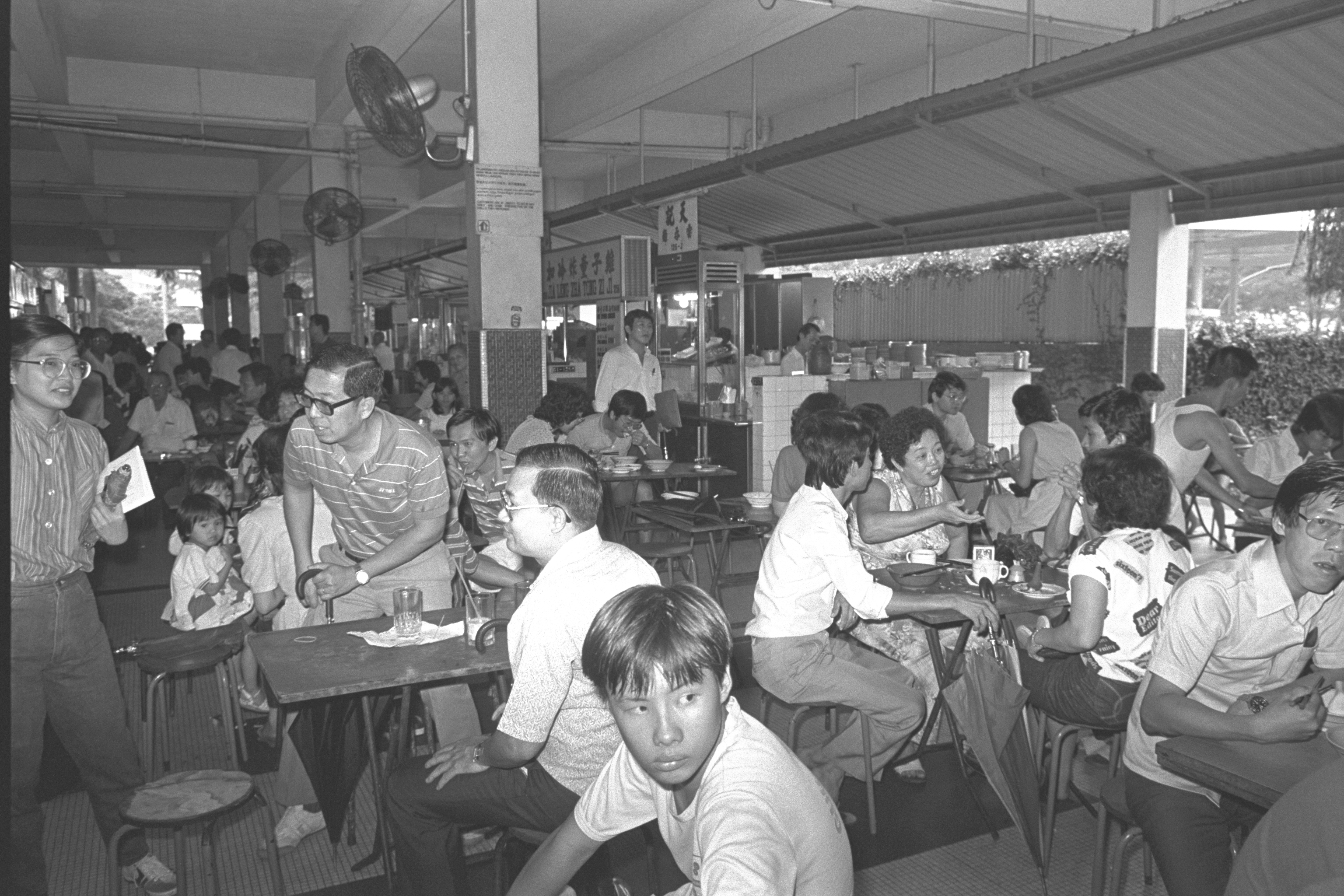 Photo of the Old Airport Road Hawker Centre at mealtime, 1983. Ministry of Information and the Arts Collection, courtesy of National Archives of Singapore.
Photo of the Old Airport Road Hawker Centre at mealtime, 1983. Ministry of Information and the Arts Collection, courtesy of National Archives of Singapore.The Old Airport Road Hawker Centre loved by many today was built in 1972 to house the numerous itinerant hawkers and street peddlers that dotted the Kallang neighbourhood. Apart from being a source of local delicacies, the facility also provided amenities like a post office and shops on the second level, becoming a civic space as well.
7. Guardian of Singapore’s Waters: The Police Coast Guard
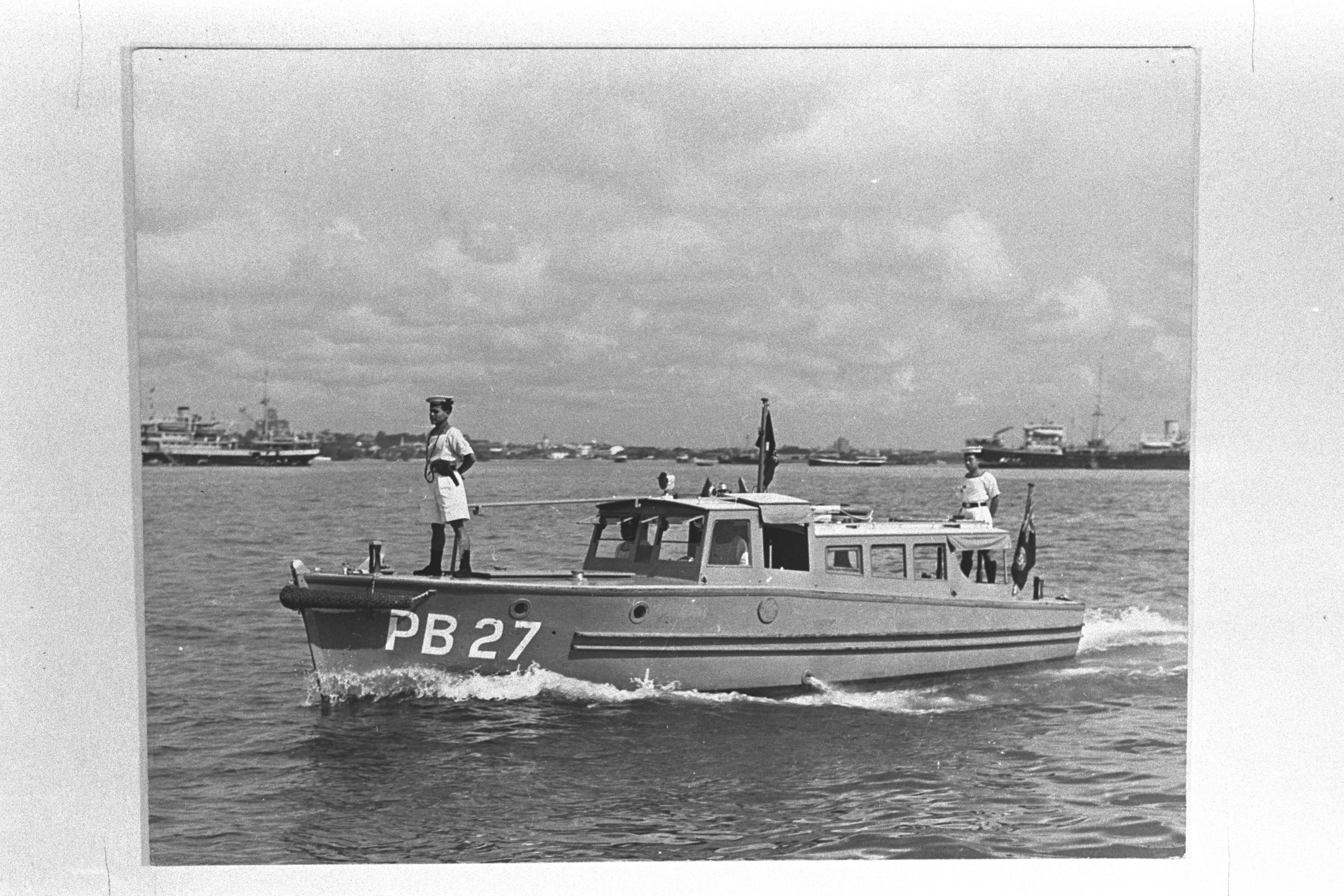 Marine Police on patrol, c.1960. Singapore Police Force Collection, courtesy of National Archives of Singapore.
Marine Police on patrol, c.1960. Singapore Police Force Collection, courtesy of National Archives of Singapore. With Singapore’s growth as a trading port, there was a need to establish a police presence in the waters to counter problems like piracy. The Marine Police was officially formed in 1866 with the establishment of a floating police station. Since then, the Marine Police experienced several evolutions, including a major restructuring and name change to the Police Coast Guard (PCG) in 1993 as well as moving its headquarters from Kallang Basin (1970 - 2006) to Pulau Brani.
Enjoyed this programme? Let us know what you think here and receive a $5 Grab Food voucher*.
*limited to the first 500 complete responses |
